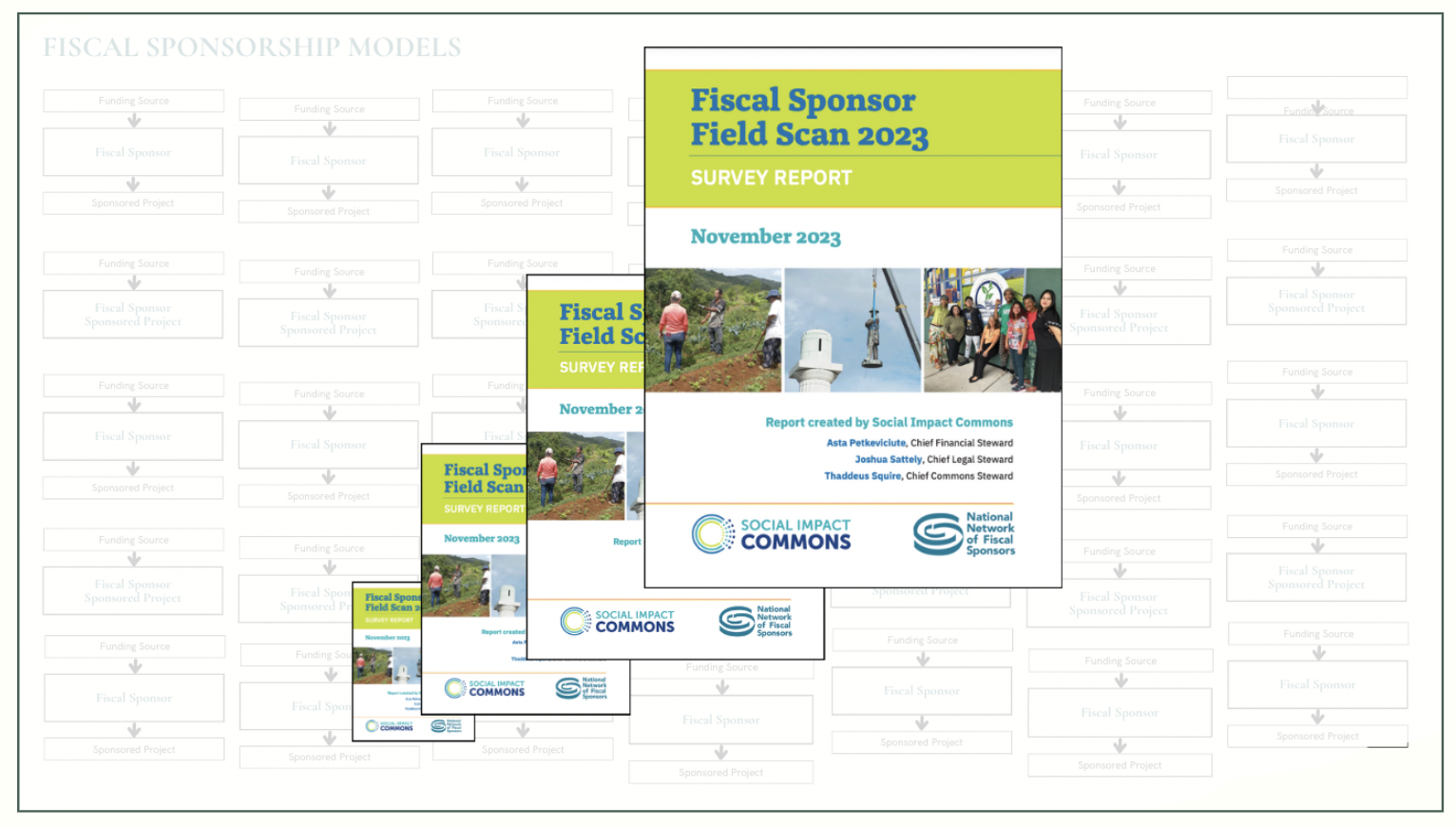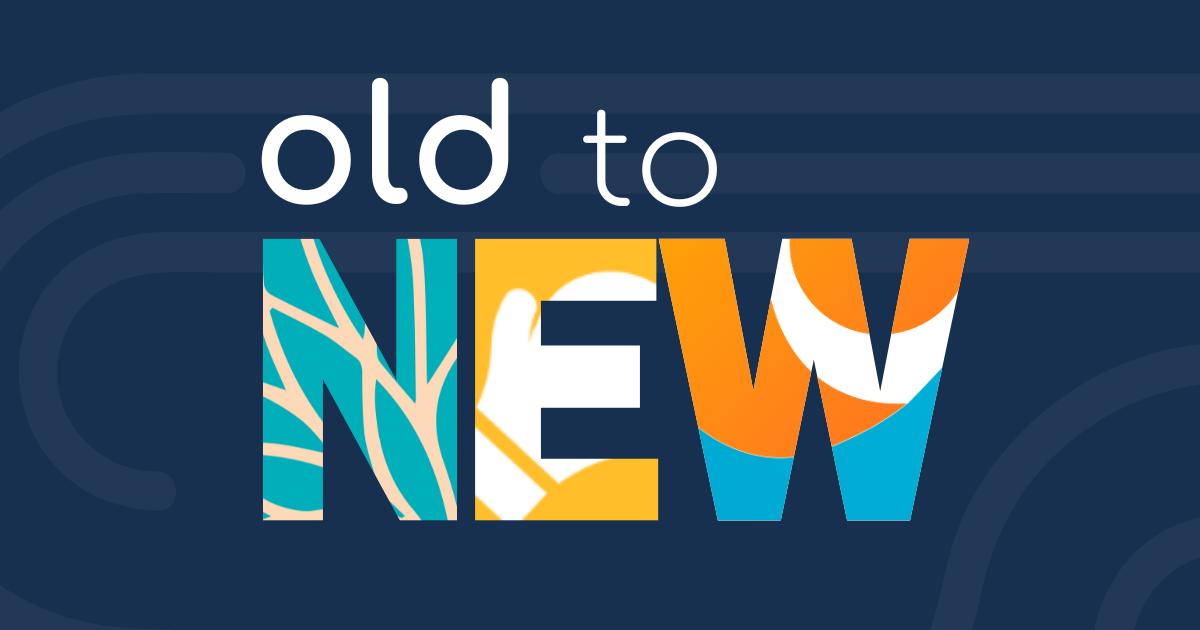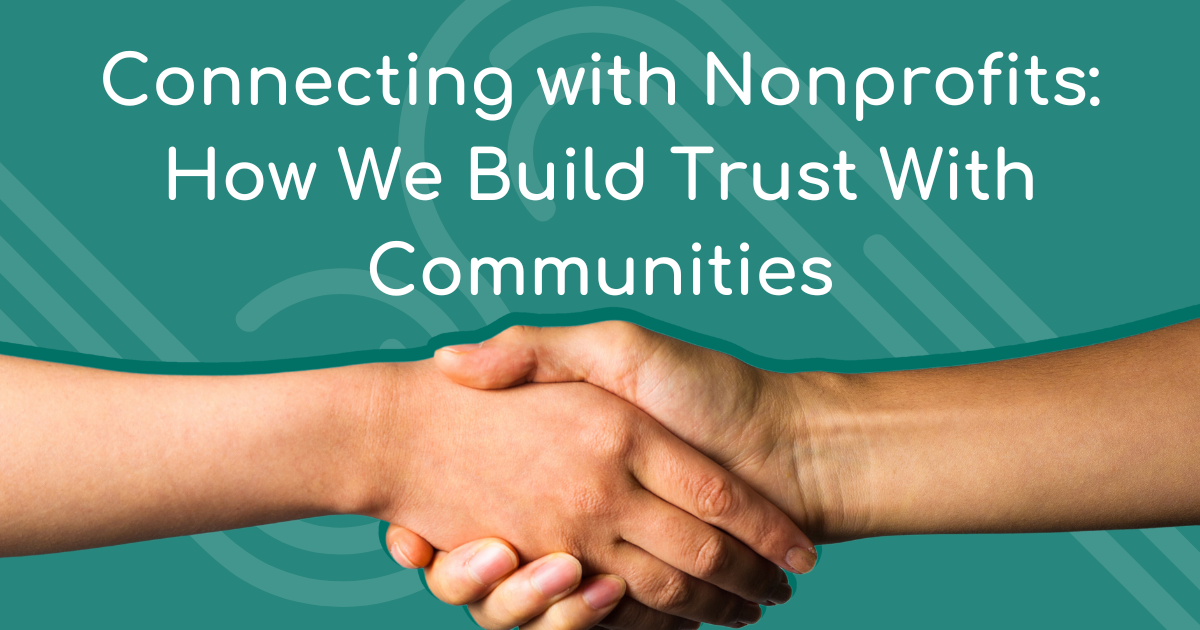Tacoma #2 Cohort, WA

Together for 5 years
Cohorts lasts up to five years so relationships can strengthen, processes can develop, and internal structures can be built. Together, Neighborhood Clinic, Rainbow Center, and Tacoma Area Coalition of Individuals with Disabilities (TACID) meet quarterly to present grant proposals to each other, vote on new grants, share progress updates, and seek advice on new challenges as they build capacity and grow.
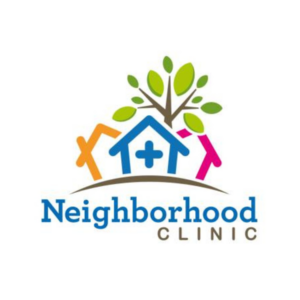
The mission of Neighborhood Clinic is to ensure that everybody has access to health care. They will provide physical and emotional care to all patients, creating a healing environment and educating and advocating for those in need.
Founded 1989
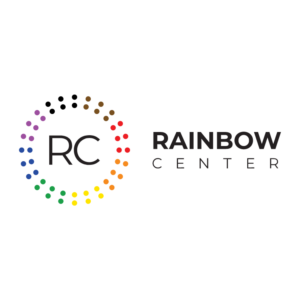
The mission of Rainbow Center is to expand resources and safe space for the lesbian, gay, transgender, queer and allied community through education, advocacy and celebration.
Founded 1997
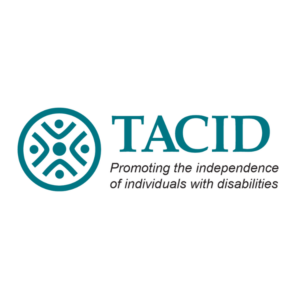
The mission of TACID is to promote the independence of individuals with disabilities through peer support, advocacy and self-sufficiency programs.
Founded 1980
Long-Term Community Investment
Magic Cabinet prioritizes community-born, led, and serving organizations to build their capacity and accelerate their impact. We believe if given the time, tools, and resources they ask for, the organizations and the communities they serve will flourish.
Capacity Building Projects Overview
An effective nonprofit is more than its programs. Each Cohort has access up to $2.5m through collectively approved capacity-building grants— approximately $500k available each year. Every Cohort member faces unique challenges and opportunities for their organization; that’s why they determine how to leverage Magic Cabinet funds.
A new survey on fiscal sponsorship explores the current state and future state of the field, including opportunities to introduce greater equity to the model.
Amidst a changing world, nonprofits feel the pressing need to adapt. However, within this challenge exists an opportunity to redefine their visual identity. Discover the intentional process our nonprofit partners took as they navigated change, embraced transformation, and paved the way for a fresh chapter.
Following our Community Input phase, our team dives back into research to connect with nonprofits and select organizations to fund. Our approach focuses on building more open and trusting relationships with communities.

